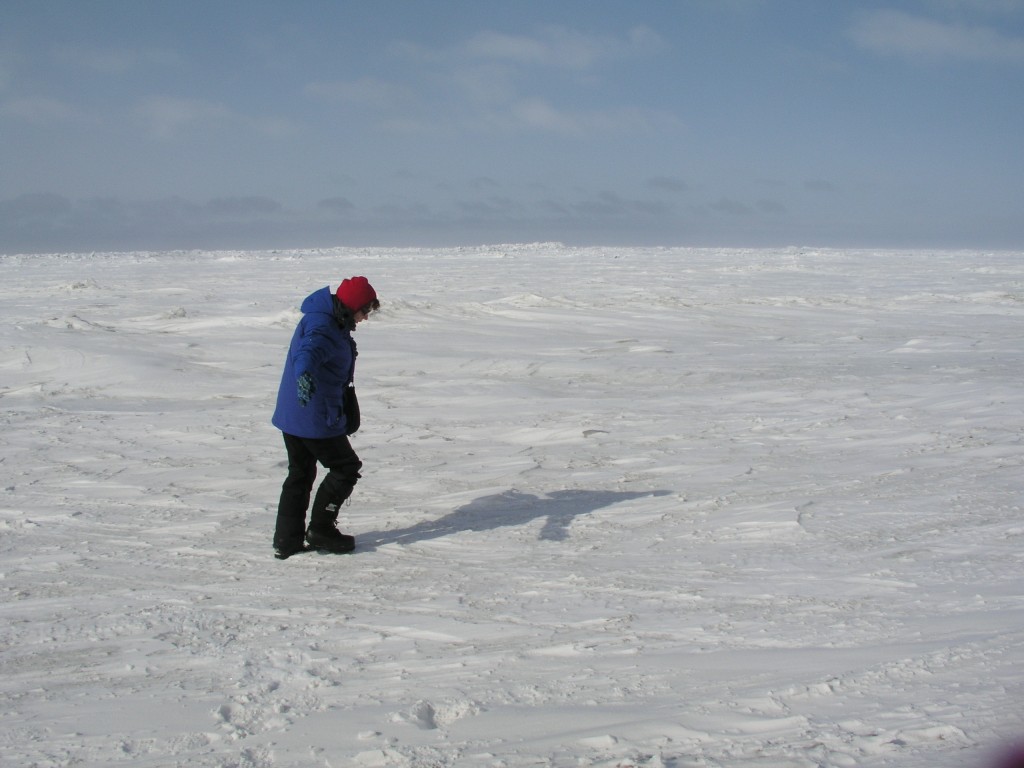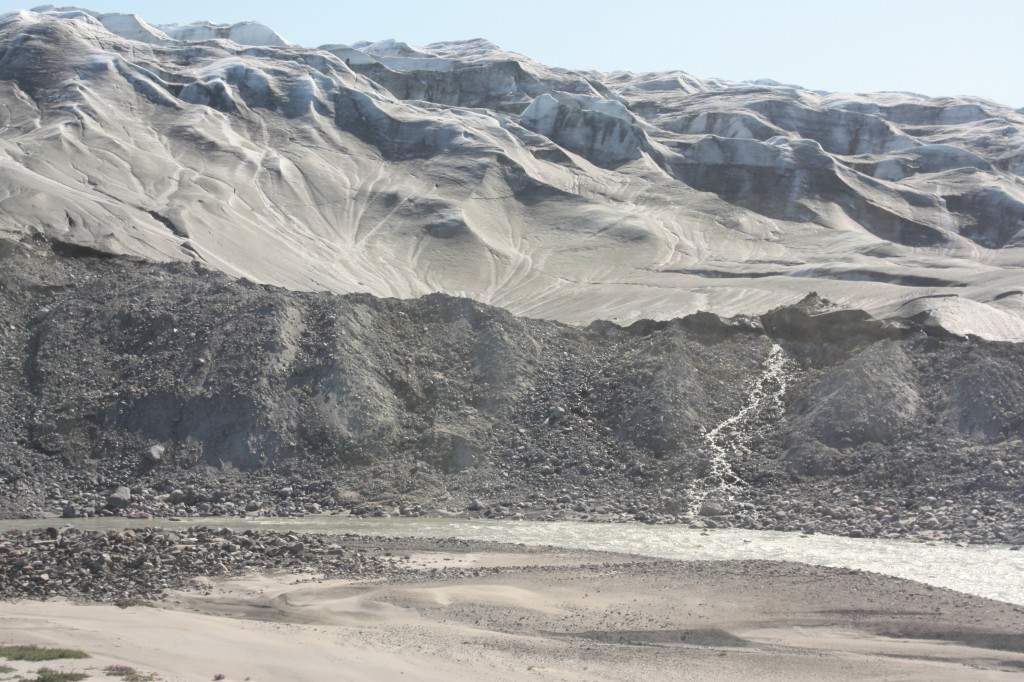“On Thin Ice” at Warsaw climate talks
Did you know it was the “Day of the Cryosphere” at the Warsaw climate talks COP 19 in Warsaw yesterday? If not, you might be forgiven. I haven’t seen it making the headlines in the mainstream media. That is a pity, given that what climate change is doing to our ice, snow and permafrost has repercussions for the whole planet.
The cryosphere is a term for the regions of our globe which are covered in ice and snow either seasonally or all year round, from the North Pole to Antarctica. “Climate change is happening in the cryosphere faster and more dramatically than anywhere else on earth”, says the “International Cryosphere Climate Initiative” (ICCI). It is a network of senior policy experts and researchers working with governments and organisations to bring about initiatives to preserve as much of our ice and snow areas as possible. The group was set up in 2009 immediately after the disastrous COP 15 in Copenhagen.
In Warsaw yesterday, the ICCI was presenting a report entitled “On Thin Ice: How Cutting Pollution can Slow Warming and Save Lives“, co-released with the World Bank earlier this month. It looks in particular at how reducing air pollution, for instance from cooking stoves in developing nations and diesel exhaust fumes, could slow down the changes to the cryosphere and at the same time bring huge health benefits to those who currently suffer from air pollution. The study calls for tough limits on pollution from methane and soot, which can settle on snow and ice and speed up thawing by making the surface darker.
In spite of all the efforts of these and other committed organisations and individuals, it looks as if the international community as a whole has not made much progress since then in implementing measures to halt global warming. The Arctic is still melting twice as fast as the global average, and even the Antarctic, which is so often cited as the “eternal ice”, which will never melt, is showing climate change impacts. Let us not yet give up all hope for the Warsaw summit with the high-level section taking place this week. But let us hope some of the delegates from the major emitting nations got the message fom the Cryosphere Day in Warsaw yesterday It’s summed up in the ICCI blog:
“The cryosphere is changing fast as a result of climate change, it is changing today, and those changes bring increased risk to ecosystems and human societies. On Thin Ice documents how that pattern is repeated throughout the cryosphere, whether the Arctic, the Antarctic, the Himalayan “Third Pole” or the Andes: temperatures rising at twice or more the global average, glaciers receding, ice sheets showing signs of instability, permafrost thawing. The cryosphere is on an accelerated warming path, and some of those changes may drive global climate change faster and further than we are currently prepared to handle. If warming continues unabated, the risks from continuing sea-level rise, flooding, and water resource disruption rise dramatically. So too will the risk of large CO2 and methane releases from permafrost, potentially eclipsing global efforts to reduce carbon pollution. The window to slow some of these processes may be closing rapidly.”
I think people in the Philippines might agree and share the call for urgent climate action in Warsaw.
PS – my spellchecker doesn’t recognise cryosphere. Does this tell us something?

















